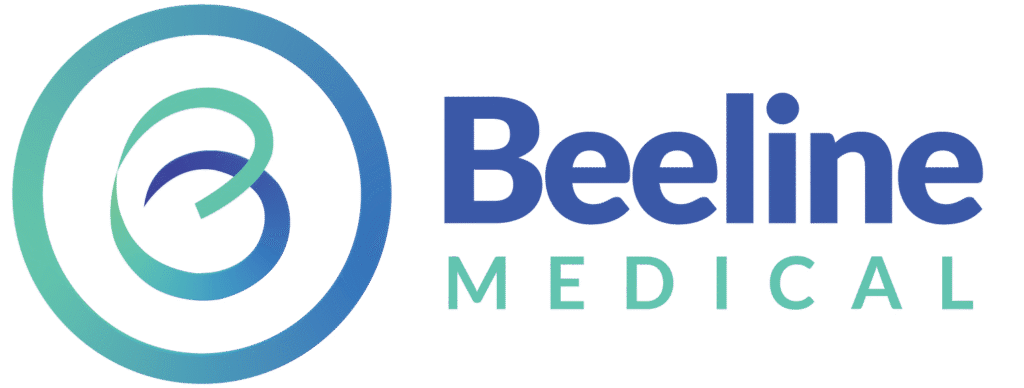
What is Revenue Cycle Management in Healthcare?
While medical facilities such as hospitals, clinics, and large healthcare systems are renowned for treating and saving lives, every healthcare facility must have efficient processes and policies for staying financially healthy. That is where revenue cycle management comes in.
Revenue Cycle Management refers to the financial process healthcare organizations use to manage bills and collect revenue for medical services. It involves using medical billing software to track patient care episodes from registration and appointment scheduling to the final payment of a balance to ensure proper identification, collection, and management of revenues from patient services.
What is Healthcare Revenue Cycle Management?
Healthcare organizations must maintain financial stability to continue providing patient care. They need to collect and manage income correctly to guarantee profitability and survival. Equally crucial is having complete insight into their revenue cycle, revenue-generating procedures, billing payment, and claims processing procedures. Revenue cycle management can help with this.
Revenue Cycle Management (RCM) is the method that a healthcare organization uses to manage every aspect of revenue production. It starts when a patient requests medical services from the organization and concludes when the organization has received all payments from the patient and/or their insurance. This needs a grasp of the revenue cycle.
Stages of Revenue Cycle Management
Patient Scheduling and Registration
The revenue cycle starts the moment a patient makes an appointment. Accurate patient registration is essential since it entails gathering and confirming personal data, insurance information, and medical history. This step lowers the likelihood of claim denials and guarantees seamless billing procedures.
Insurance Verification & Authorization
Verifying a patient’s insurance coverage is a crucial next step after registration. Insurance status verifies a patient’s eligibility for services covered by their insurance policy. Furthermore, prior authorization from the insurer may be necessary for some operations; this must be acquired to prevent claim rejections.
Service Documentation & Charge Capture
Healthcare professionals record the services they deliver to patients throughout their visit. Precise and comprehensive service records are necessary for correct charge capture. The process of documenting the services rendered—the foundation for invoicing the patient and the insurance provider—is known as charge capture.
Medical Coding
Medical coding is the process of translating healthcare services into standardized codes for billing. After reviewing the service records, medical coders assign the proper codes for diagnosis, procedures, and treatments. These codes are necessary to submit and receive reimbursement for claims.
Claim Submission
The filing of claims is the next important step following coding. Reimbursement of claims is requested from the patient’s insurance provider. This step requires meticulous attention to detail to guarantee that all the information is accurate and complete. Erroneous claim submissions may cause delays or denials.
Payment Posting & Reconciliation
Patient and insurance company payments are posted to the healthcare provider’s accounts when the claim is processed. The payment posting process involves reconciling the collected payments with the invoiced amounts. Any differences need to be resolved immediately.
Denial Management & Appeals
Denials of payment are a frequent hurdle encountered in RCM. Denial management is pinpointing the reasons behind these rejections, rectifying errors, and resubmitting the claims. Providers can appeal to secure the rightful compensation if the denial appears unfounded.
Patient Billing & Collection
Any amount due is invoiced to the patient once insurance payments are received. Patient billing must be precise and easy to understand to promote timely payment. If patients fail to pay their bills on schedule, the healthcare provider could have to take legal action, which might entail contacting a collections agency or sending follow-up letters.
Reporting & Analysis
Continuous analytics and reporting are essential for effective RCM. By identifying patterns, monitoring performance, and analyzing data from various stages of the revenue cycle, healthcare providers may make well-informed decisions to enhance financial results.
Challenges in Revenue Cycle Management
Complexity of Insurance Plan: Insurance plans can be confusing! There are many different plans, each with its own set of rules. Keeping up with all the changes can feel overwhelming.
Regulatory Changes: The healthcare sector can also change its rules, such as new laws for billing patients. It’s essential to stay updated to avoid problems.
Denials & Underpayments: Insurance companies sometimes refuse to pay a bill or pay less than expected. Figuring out why and fixing it helps get the money owed to the doctor’s office.
Technological Integration: Technology can be a great helper but also tricky to set up. Investing in RCM software designed explicitly for managing money in healthcare can make things faster and more accurate in the long run.
Benefits of Revenue Cycle Management (RCM)
Effective revenue cycle management (RCM) is essential for hospitals. An RCM system acts as the backbone, handling patient billing data and ensuring smooth revenue collection. It interacts seamlessly with other healthcare IT systems, speeding up payments and automating tasks like appointment reminders and claim follow-ups. RCM systems also provide valuable insights into why claims are denied, minimizing future issues and securing proper reimbursement. Advanced features like data analytics and automation further optimize the process, allowing healthcare providers to focus on patient care while maintaining financial stability.
Conclusion
A vital component of healthcare administration, revenue cycle management protects providers’ finances while ensuring patients receive high-quality treatment. Healthcare companies may increase patient happiness, stay in compliance with regulations, and perform better financially by comprehending and optimizing each stage of the revenue cycle. Overcoming obstacles and attaining efficient RCM requires implementing best practices and utilizing technology.
